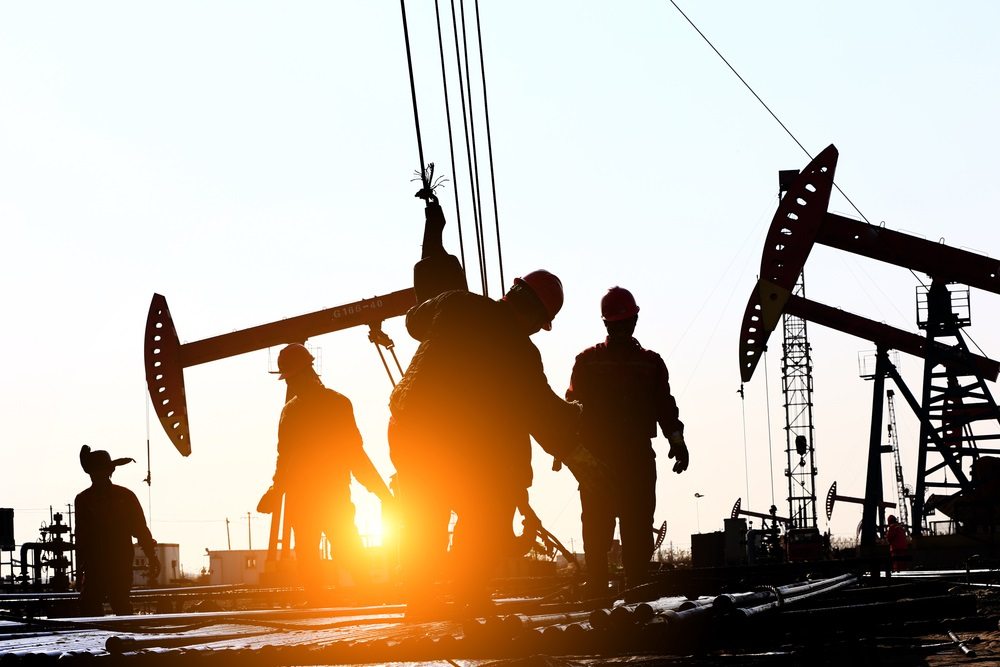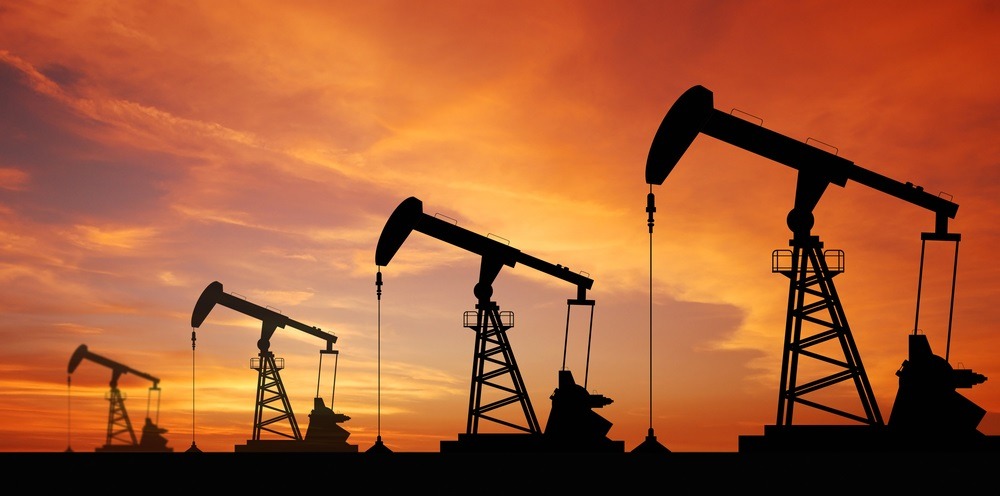Mature oil fields are fields with production rates that have significantly declined from what they once were. They’ve reached their peak. Many mature fields have old wells and equipment, some with infrastructures that have an above-average risk of environmental or safety issues.
Are these oil fields done? Not necessarily. There are, in fact, many methods and technologies available to revitalize mature fields.
EOR for Revitalizing Mature Oil Fields
There are several ways an aging oil field may be regenerated. It must first be determined what the desired goal of the project is, the target, in order to select the best method to use.
An analysis of the reservoir is a great place to start, evaluating the situation carefully so there are no unknowns pertaining to the project including resources and more. There’s a great variety of software available today to help with the visualization process, modeling, and more to help identify any oil deposits that were previously undiscovered to be your target.
Once your target is designated, you’re ready to choose your recovery method. whether it’s improved oil recovery technology (IOR), enhanced oil recovery (EOR), or a combination of the two. IOR processes include conformance control, gas flooding, horizontal or infill drilling, and waterflooding. EOR processes might include gas injection (hydrocarbons, N2, and CO2), injection of alkali, low salinity materials, polymers, steam injection, surfactants, and thermal technology systems. Some might even elect to makeover their facilities and wells and keep the same production processes.
In using the advanced reservoir-management techniques, however, production companies like Nakasawa Resources can craft rejuvenation plans to greatly boost not only production but reserves as well.
The Right Method for a Specific Field

For fields where the remaining saturation is considerable, even in part, fluid properties and the reservoir determine which EOR techniques, like steam injection or thermal technology systems, or IOR processes, like waterflooding, are most appropriate. Fortunately, there are many tools available in the industry for screening wells for these methods. The biggest considerations will be economic viability, field location, well integrity, and resource availability.
Some find nearby analogies very helpful because if another field in close proximity was successfully flooded, there’s a good chance that the same method will work for your mature oil field.
Others find reservoir simulation to be very effective in identifying a method to use as they provide good indications of recoveries and rates that can be expected from such a project. Core flooding and lab tests can be important in estimating the results for a considered project.
The Best Candidates for EOR Techniques
Fields with remaining oil saturation of 35% or more make ideal EOR field candidates. Some mature fields have obvious properties conducive to EOR like accessible locations, easy access to an injectant source (CO2, water, etc.), and have viable infrastructures.
If the field has a high permeability or has already been used successfully for IOR methods like water injection, it may also make for a good candidate. The continuity of the reservoir is also a good determining factor. Even so, reservoirs that seem less ideal shouldn’t be dismissed so quickly. If an EOR method could possibly be used on it, the field could be viable and still make a profit.
Challenging Conventional Thinking to Regenerate Mature Oil Fields
With the constantly developing innovation and technology available today, existing methods of enhancing and improving oil recovery will keep mature fields viable. The revitalization projects can be affordable and even increase the amount of oil recovered by as much as 20% and more. Achieving more with less is a beautiful concept, regardless of the industry or application.

